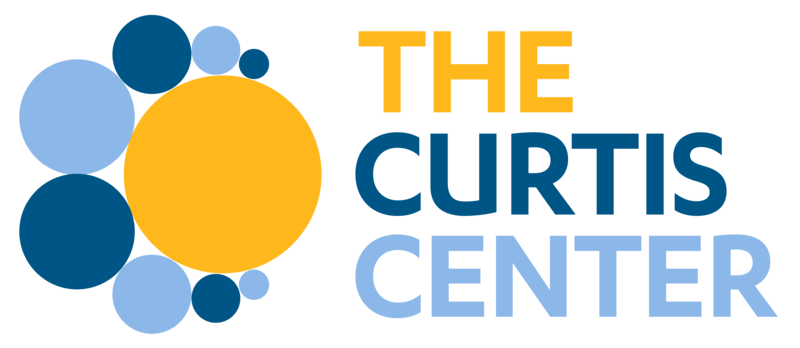Partnership Goals:
The Curtis Center and Glendale Unified School District (GUSD) partnered to increase student achievement, engagement, and affect in mathematics by facilitating teacher creation and teaching of student-centered inquiry-based lessons that connect grade level mathematics and science. The partnership was funded by a California Math Science Partnership Grant.
Partnership Activities:
The Curtis Center designed a yearlong program that included:
- Activity 1: 50 Glendale math and science teachers engaged in a 36-hour summer institute in which they engaged in student- centered inquiry-based interdisciplinary (math and science) lessons to deepen teacher content knowledge and understanding of inquiry-based learning by experiencing it as a student.
- Activity 2: Teachers engaged in 24 additional hours of professional learning in academic-year quarterly meetings to develop and pilot their own interdisciplinary inquiry-based lessons modeled after those they experienced in the summer institute. During these days, teachers planned, discussed, and refined their lessons and observed each other teaching lessons
Activity 2 included asynchronous feedback over the Curtis Center Collaboration Portal on the newly developed lessons from Curtis Center K-12 mathematics specialists and research mathematicians and scientists as well as support of lesson implementation in GUSD classrooms.
Results:
Products:
80 interdisciplinary lessons designed for use in GUSD classrooms were collaboratively created by GUSD math and science teachers and reviewed by UCLA mathematicians, scientists, and K-12 mathematics specialists.
Gains:
As originally proposed, the project was designed as a three-year professional development experience for participating teachers. Due to unexpected changes in Federal funding priorities, the California Department of Education reduced all CaMSP Cohort 13 partnerships to one year of grant funding. Independent evaluator, Public Works, reported that “It was often challenging to measure significant growth in teacher content and pedagogical learning as well as student outcomes in a single year of the project.” However, Public Works was able to report the following student and teacher gains:
Student Gains:
As measured by classroom observations, Public Works found:
- statistically significant increases in student analysis of results using quantitative reasoning and
- significant increases in student bridging of mathematics and science in the classroom.
Teacher Gains:
Growth in teacher mathematical knowledge was measured by the University of Michigan’s Mathematical Knowledge for Teaching Measures. Using this measure, Public Works found a statistically significant change in the algebraic content knowledge of participating teachers.
Additionally, via classroom observation, Public Works found statistically significant increases in participating teacher use of open-ended questions to stimulate whole class discussion in GUSD classrooms.
Qualitative data collected during the partnership indicated that:
- teachers grew professionally from the collaboration across school sites, disciplines, and with UCLA, which provided them a deeper appreciation of teachers of the other subject, either math or science,
- the cross-curricular focus helped teachers understand the importance of and how to integrate math and science in applied ways, and
- teachers appreciated the unique opportunity to collaborate with UCLA research mathematicians and scientists, with one teacher commenting “this experience was the highlight of my entire professional career.”
